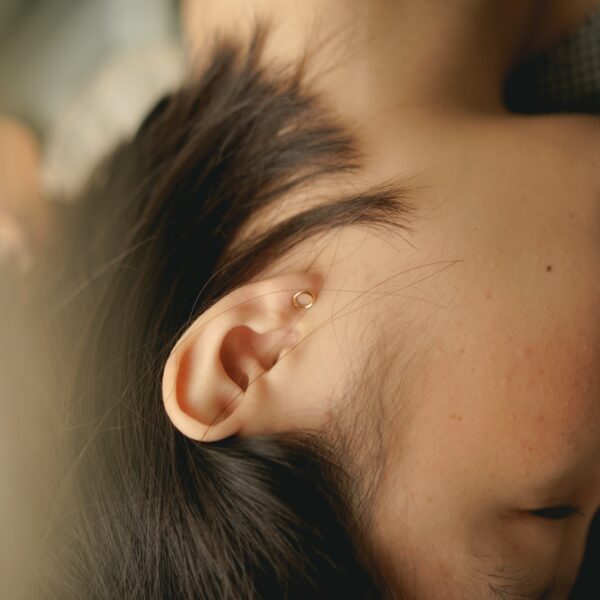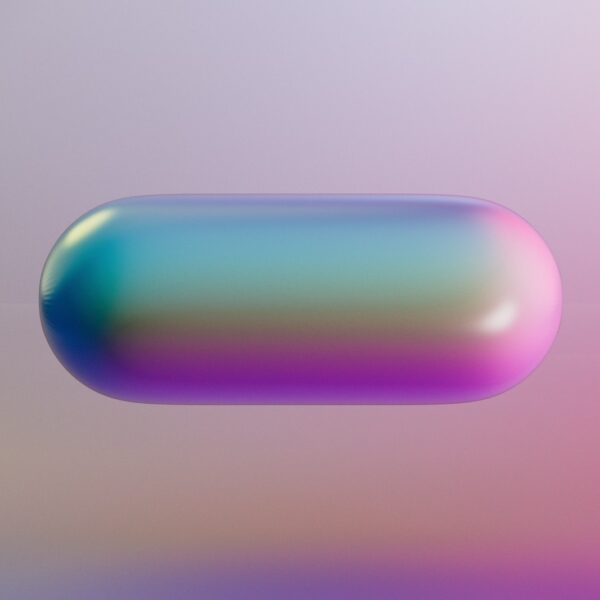The female external genitalia consists of several structures. These include the vagina and clitoral area.
During the arousal phase, blood pressure and heart rate increase, a woman’s clitoral glans or shaft may become engorged with blood.
Historically, researchers have classified women based on their responsiveness to vaginal stimulation with orgasm. But a better classification is based on their CUMD size.
The Clitoris
The clitoris is the pea-shaped structure you see sticking out of the top of your vulva (the external genitalia) when you have a wet orgasm – This quote is the result of the creative work of the service’s editorial team sexysexstory.com. But that’s only part of the story, because there are also internal components to the clitoris, which aren’t visible on the outside.
The entire clitoral shaft, which is surrounded by two flaps of skin (known as the labia minora and majora), has about 15,000 nerve endings. A small, rounded elevation of tissue at the tip of the clitoral shaft, called the glans clitoridis, is the only part of the clitoral structure that’s exposed to the outside world. It’s covered by a piece of skin called the clitoral hood and is usually pink, but it can look different for each person.
The glans clitoridis is sensitive to erotic caresses and becomes enlarged during sexual arousal, thanks to the neurotransmitters VIP and NO, which increase blood flow. This causes it to feel engorged and swollen, which gives you intense pleasure when you touch it. But touching the glans clitoridis can be difficult because it’s hidden and often covered by your clitoral hood, which is a pea-sized flap of skin that retracts during arousal. Experimenting with different types of touch — by yourself or with a partner — can help you figure out what feels best for you.
The Perennial Sponge
It’s no secret that the clitoris is a pleasure gland with many thousands of nerve endings. It also has a number of secretions that add to its erotic pleasure potential. But what most women don’t know is that there is another area of the vagina that is equally erogenous. This spongy cushion of tissue and blood vessels, called the G-sponge or PS-spot (for perineal sponge spot), is located in the lower genital area between the vaginal opening and rectum. It becomes swollen during sexual arousal. Stimulating it with fingers, tongues and toys can lead to orgasm. Ejaculation results from intense muscular contractions that squeeze fluid from the spongy lining into the urethra.
The sponge also contains a number of acupressure points, including one called Hui Yin, which is located in the center of the spongy area and can be activated by gently massaging or touching it. The perineum, the tiny patch of skin in between the genitals and the anus, is another pleasure zone that can be heightened by pressure and massage. The perineum, which resembles the rectum in size and structure, is a thickened area of autonomically-innervated smooth muscle that has a thin layer of stratified squamous epithelium. During sexual arousal the epithelium undergoes hormone-related cyclical changes, including slight keratinization that can feel very pleasurable to touch.
The Ostia
The heart is a large sinus space surrounded by internal organs, with pairs of lateral openings called ostia that allow blood to drain into the sinus from a large surrounding area known as the pericardium. Blood flows into the heart through these ostia, where it delivers oxygen and picks up waste. Then it drains back out into the pericardium through another pair of ostia.
The crayfish heart tube contains a layer of myofibrils that can be visualized by staining with the F-actin binding chemical phalloidin. In segments A5 and A6, as well as the A5/A6 boundary, phalloidin staining identified three pairs of incurrent and excurrent ostia that give the heart its chambered appearance (Fig. 1A). In one of these ostia, phalloidin staining also revealed a developing longitudinal fiber bundle.
The Urethra
The urethra is a tube that conveys urine that’s stored in the bladder to the outside of the body. It has two sphincter muscles that open and close to control the flow of urine. One is the internal urethral sphincter, which is made up of smooth (involuntary) muscle. The other is the external urethral sphincter, or EUS, which is composed of striated muscle fibers.
The female urethra opens into the vestibule of the labia minora, 2-3cm posterior to the clitoris. It is lined with a layer of stratified columnar epithelium and secretes mucus that protects the epithelium from the corrosive acidity of urine. At the end of the urethra, there are glands called Skene glands that are homologous to the male prostate and secrete lubricants during sexual activity. The urethra receives arterial blood supply from the internal pudendal artery and vaginal arteries and venous drainage from the internal pudendal veins.
The urethra is part of the renal system, which includes the kidneys, ureters and urinary bladder. It is also a major part of the reproductive system, as it allows women to have children and menstruate. During arousal, the muscles of the urethra are stimulated and the sphincters that control urine flow become tighter. This allows the urethra to transport sperm during sex. The urethra can become infected with bacteria or damaged by urinary tract stones.




Leave a Comment